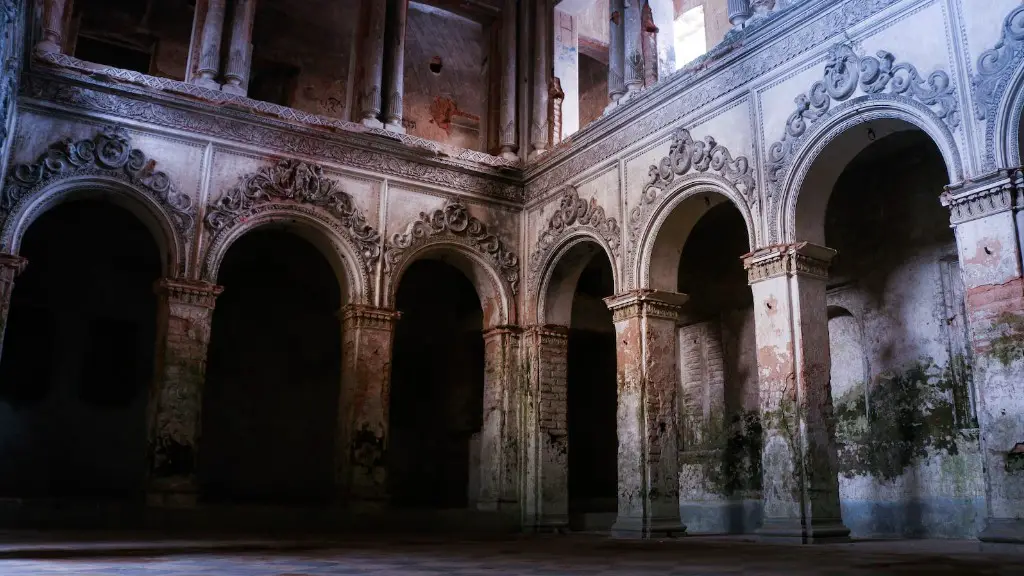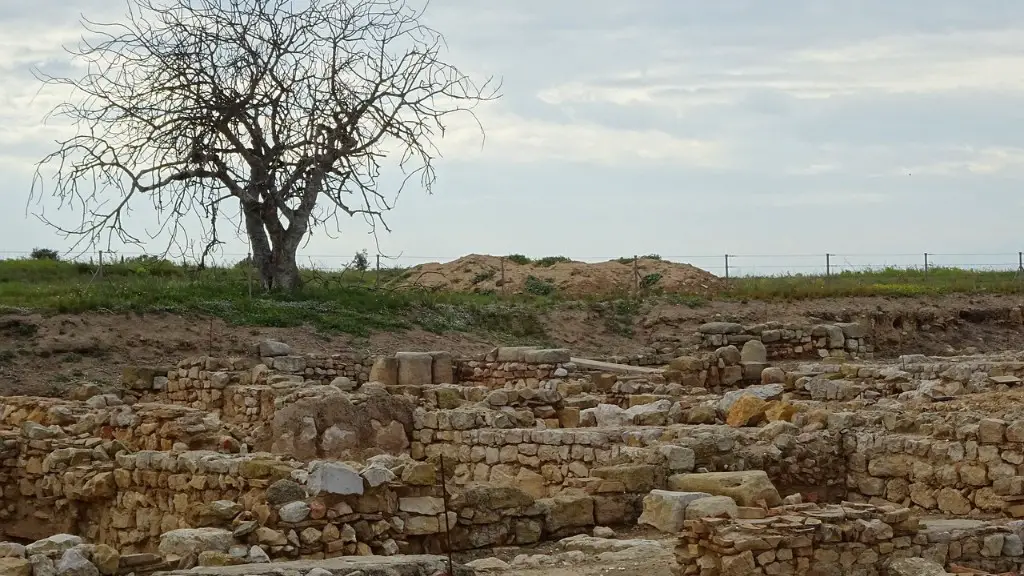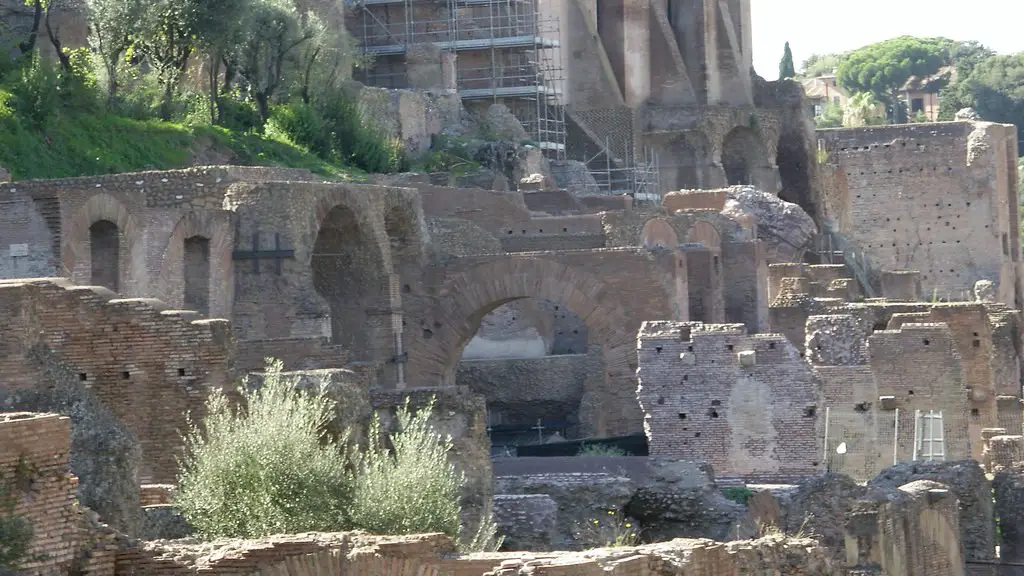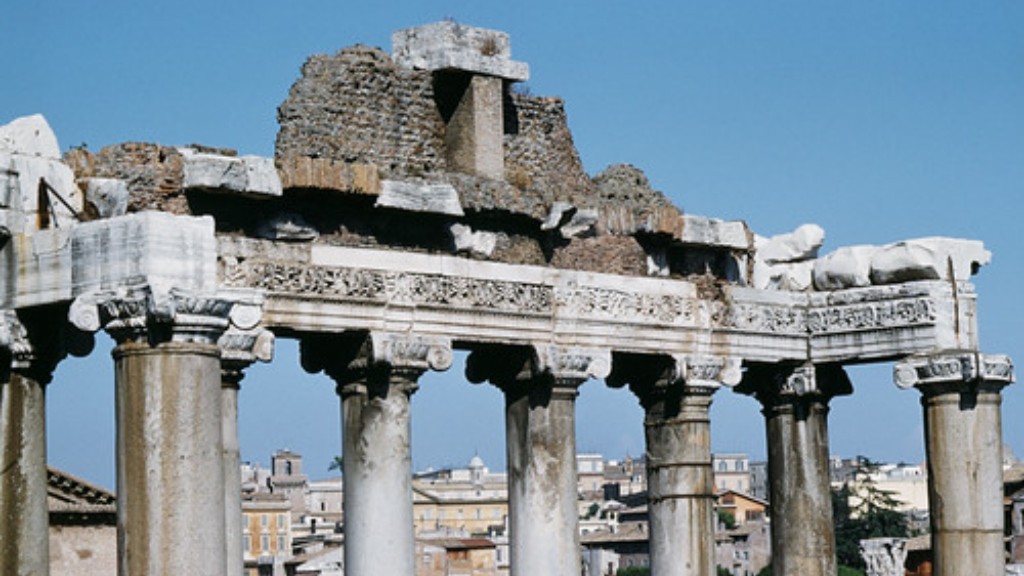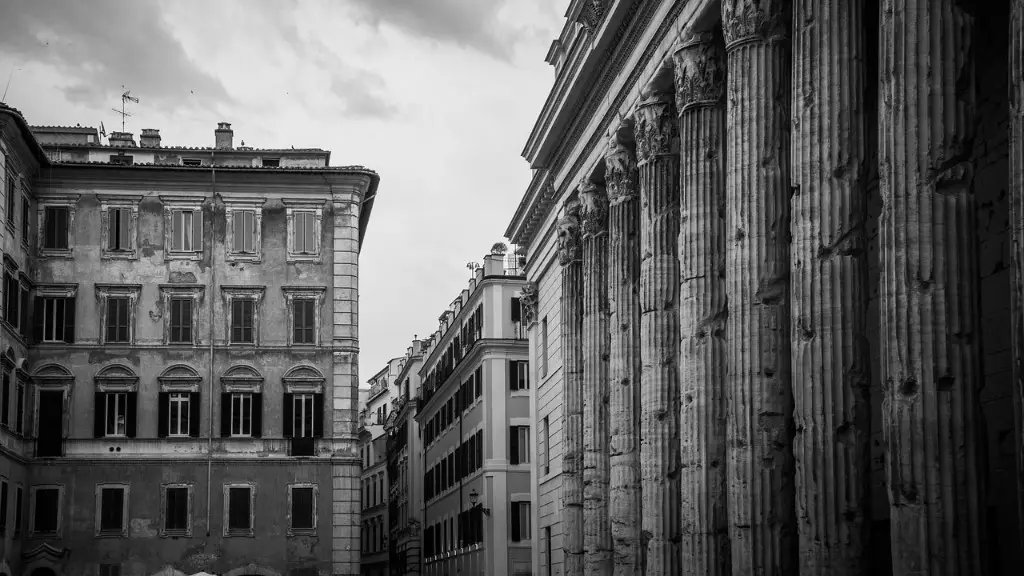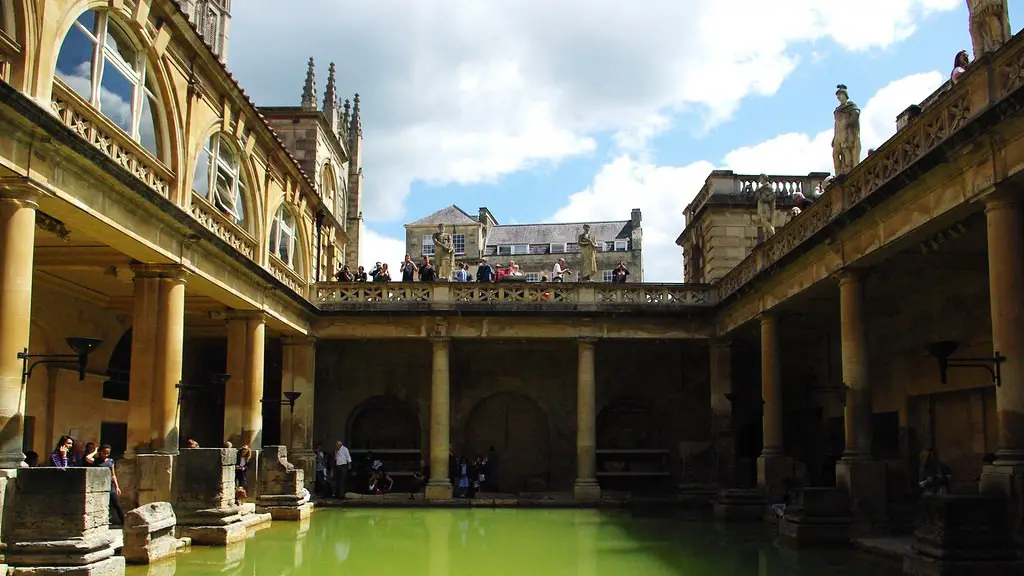Religion was an integral part of the lives of ancient Romans. Their religion was known as Roman Religio Romana, a polytheistic faith, with gods, goddesses, heroes and spirits in charge of earthly and cosmic powers. Their pantheon was composed of gods borrowed from the Greeks and Sabines, as well as some native gods. Among them were gods of war, agriculture, fertility, health, love, healing and even metallurgy.
Roman religion developed during its history, with the introduction of new foreign elements, such as foreign gods, foreign cults and the founding of new cults. It is believed that the spirit of Roman religion was a mix of the native Etruscan and Sabine concepts and the Greek ones. This new tradition mixed together foreign gods, traditions and beliefs, creating a unique mix.
The Roman religion was focused on public events, as well as religious and cult ceremonies. Public events were held every year, in places like temples, theaters, circuses and others. These events had a very strong symbolic and religious meaning, providing their citizens with a way to express their own beliefs and connect with their gods.
The cults and sacrifices of the Romans were used to honor the gods in return for help and protection. The most famous of these offerings were made to Mars, the god of war, as he was believed to bless the Roman army and protect them from harm. Other gods were also worshipped, such as Jupiter, Juno and several others.
Another important part of the Roman religion was the oracle and the augur, who were priests that predicted the future using astronomical phenomena and rites. They were consulted by ordinary citizens as well as Rome’s leaders.
Finally, the Roman religion heavily relied on the importance of rituals and laws. Roman religion was more a matter of public life and not a private religious experience and demanding conformity to the accepted laws and rules was essential.
Structure of hierarchy
The structure of the Roman religion was composed of two main parts: the pontiffs and the augurs. The pontiffs were a type of priest that served as mediators between the gods and the humans. They were the authorities on matters of religious ceremonies and rituals and the meaning of the divine will. Meanwhile, the augurs were priests that used forms of reading the sky and interpreting omens to predict the future.
The priests were divided into different levels, depending on their rank and importance: the highest level was the pontifex maximus, followed by the pontiffs, the augurs, the flamines and finally the Vestal Virgins. In this way, each one was responsible for certain rituals and ceremonies.
In addition to these ranks, various other dignities existed such as pontifex minor, curiales and sodales who acted as pontiffs in charge of extended families and gave legal advice as to what offerings should be made to the gods in different situations.
Festivals and celebrations
Festivals and celebrations were of great importance in the ancient Roman religion. The most important festival was the Saturnalia, a month-long celebration in honor of the god Saturn. During that time, it was not uncommon for people to exchange gifts and play games.
Another famous festival was the Ludi Saeculares or “Games of the Ages”. This was a three-day festival celebrated every 110 years and was thought to bring great fortune to the Roman Empire. During these celebrations, many public events such as public games, plays and circus performances were held.
In addition to the Saturnalia and the Ludi Saeculares, there were other celebrations that were held in honor of specific gods such as the Lupercalia, the festival of Jupiter Stator, the festival of Apollo, the festival of Hercules and the SecularGames.
Construction of temples
The construction of temples was an important part of ancient Roman religion. Temples were built to honor different gods, goddesses and other mortals. Each temple was dedicated to a specific deity and usually located in the Forum Romanum.
The most important temples in Rome were: the Temple of Jupiter Optimus Maximus, the Temple of Vesta, the Temple of Mars Ultor, the Temple of Venus Genetrix, and the Temple of Castor and Pollux. Other temples that have been uncovered include the Temple of Salus, the Temple of Mercury, the Temple of Venus and Rome, and the Temple of Isis.
The temples were typically adorned with statues, altars and religious symbols of the god they were dedicated to. In addition, the temples were used for regular sacrifices, offerings and prayers to keep the gods happy.
Origin of Roman religion
The Roman religion was a mix of foreign and native elements, but the main source of the religion has its roots in the origin of the Latins and Etruscans. The Latins were the people that settled in the Italian peninsula and the Etruscans were an ancient civilization that occupied the entire Italian peninsula before the Roman civilization.
The Etruscans were polytheists and believed that their gods would be able to grant them prosperity and protection. They believed in a variety of gods, each with its own set of beliefs and cults. These beliefs were eventually taken over by the Latins, who assimilated them into their own.
The Latins themselves developed their own pantheon of gods, combining their own beliefs with those of the Etruscans. It is believed that this mixture combined with the introduction of foreign gods and cults eventually created the Roman religion.
Sacrifices and offerings
Sacrifices and offerings were central to the Roman religion. Sacrifices were regularly made to the gods, in order to gain favor or ask them for help in times of need. There were different types of sacrifices, depending on the god being honored and the circumstances.
The most common type of sacrifice was the animal sacrifice, which would be accompanied by prayers, offerings and libations. Offerings were often made in the form of fruits and vegetables, as well as wheat, honey and wine. Libations were also very common, and usually included offerings of wine or water poured on an altar to honor the gods.
It was also believed that if an offering or sacrifice was not made correctly, it could result in dire consequences for the person or community that failed to make it. Therefore, adherence to the proper rituals and ceremonies was of the utmost importance.
Death and afterlife beliefs
The ancient Romans believed in the afterlife and had a variety of beliefs about the fate of the soul after death. It was believed that the souls of the dead would become a part of the underworld or Elysium, depending on their behavior in life. Those souls who had led a righteous life were believed to be able to ascend to the heavens and join the gods.
Death was also seen as a transition to the afterlife, and it was customary to use funeral ceremonies and rituals to honor the dead. These ceremonies were seen as a way to help the souls of the dead in their transition.
In addition to these beliefs, the Romans also had other afterlife beliefs, including the belief that a soul could be reincarnated or that souls could be sent to an afterlife full of pain or reward based on their behavior in life.
Rome and Christianity
The Roman religion was eventually replaced by Christianity during the fourth century of the Common Era, due to the influence of the Roman emperor Constantine. It is thought that Constantine converted to Christianity due to his experiences during a battle against the pagan goddess Helena, who according to legend granted him a vision of a Christian cross in the sky.
Christianity spread rapidly in Rome, as it was seen as a more unified and organized faith than the old Roman religion. This new religion helped create a sense of unity among the diverse people living within the empire, and eventually spread all over the world, becoming the largest religion in the world today.
Conclusion of Roman Religion
The Roman religion was an important part of Roman life, having an impact on almost every aspect of their culture. This religion blended foreign and native elements, creating a unique mix which was followed for centuries before it was replaced by Christianity. Today, some of the Roman rituals and ceremonies still exist, providing a reminder of the belief system of this great civilization.
